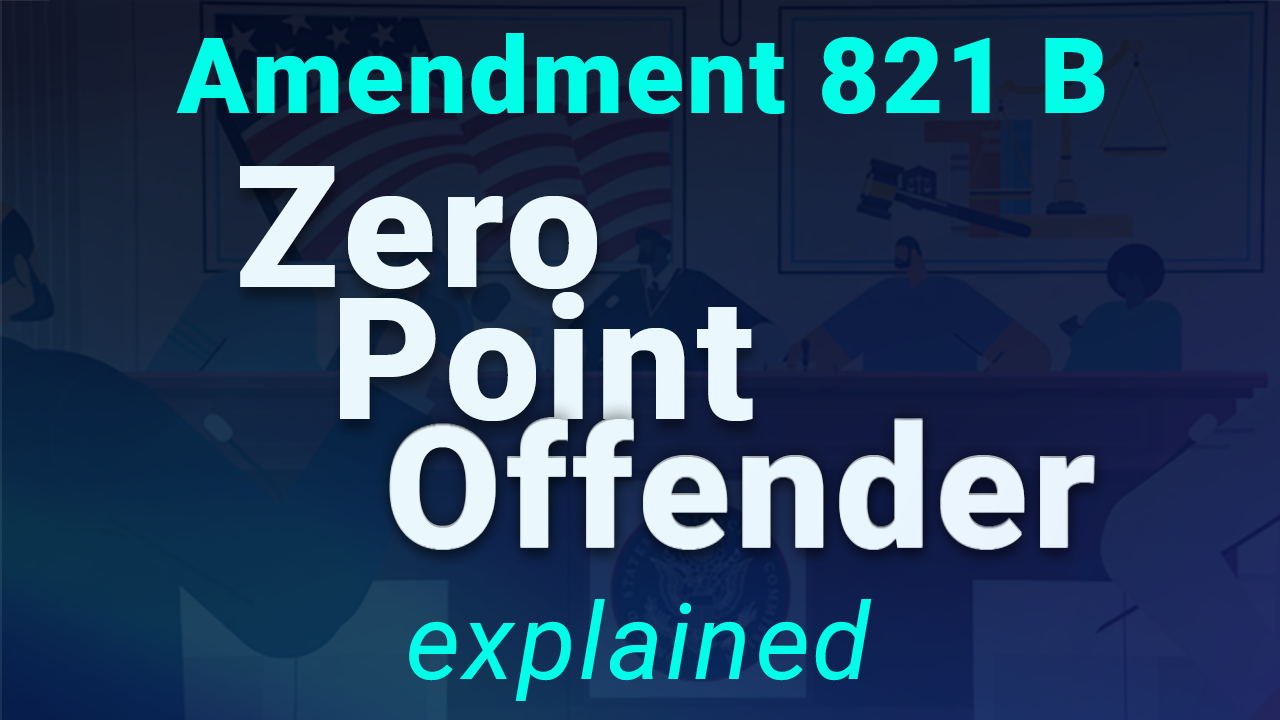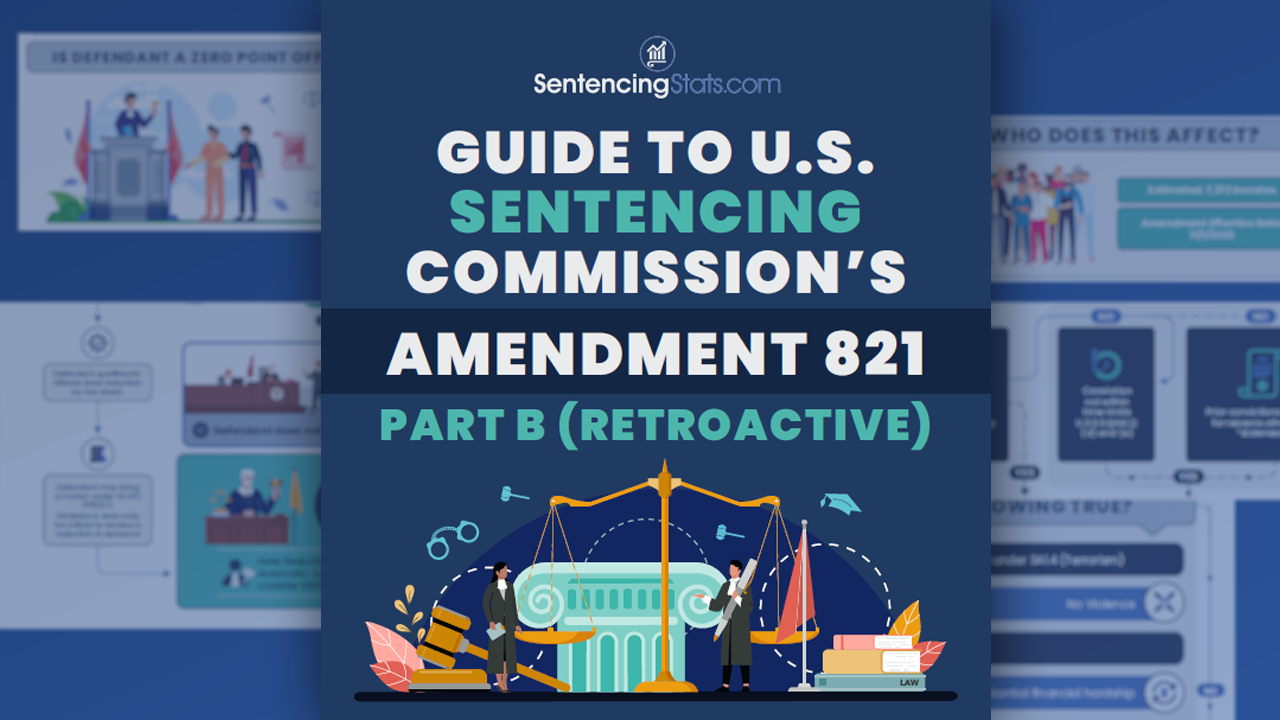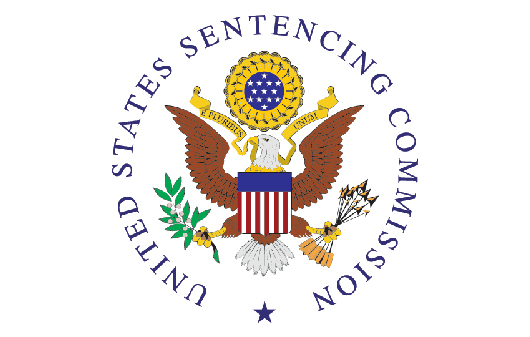Sentencing Stats official Video guide to to U.S. Sentencing Commission’s Amendment 821, §4A1.1 Part B (retroactive), otherwise known as the Zero Point Offender amendment.
Zero Point Offender Amendment (Amendment 821 Part B) Video Guide


Sentencing Stats official Video guide to to U.S. Sentencing Commission’s Amendment 821, §4A1.1 Part B (retroactive), otherwise known as the Zero Point Offender amendment.

Sentencing Stats official Infographic Guide to U.S. Sentencing Commission’s Amendment 821, §4A1.1 PartB (retroactive), otherwise known as the Zero Point Offender reduction.

Below is a link to a presentation by Chief Research Officer Mark H. Allenbaugh. In the in-depth presentation he provides a statistical overview of how the sentencing landscape has changed under the U.S. Sentencing Guidelines over the past 30 years. He notes how increased prosecution rates and average sentences have contributed to the explosion in the

The American Bar Association’s “Criminal Justice Standards for the Defense Function” (4th ed.) strongly suggest that failure to research and cite favorable sentencing statistics may constitute ineffective assistance of counsel. In the seminal case of Strickland v. Washington, 466 U.S. 668 (1984), the U.S. Supreme Court observed that “prevailing norms of practice as reflected in the